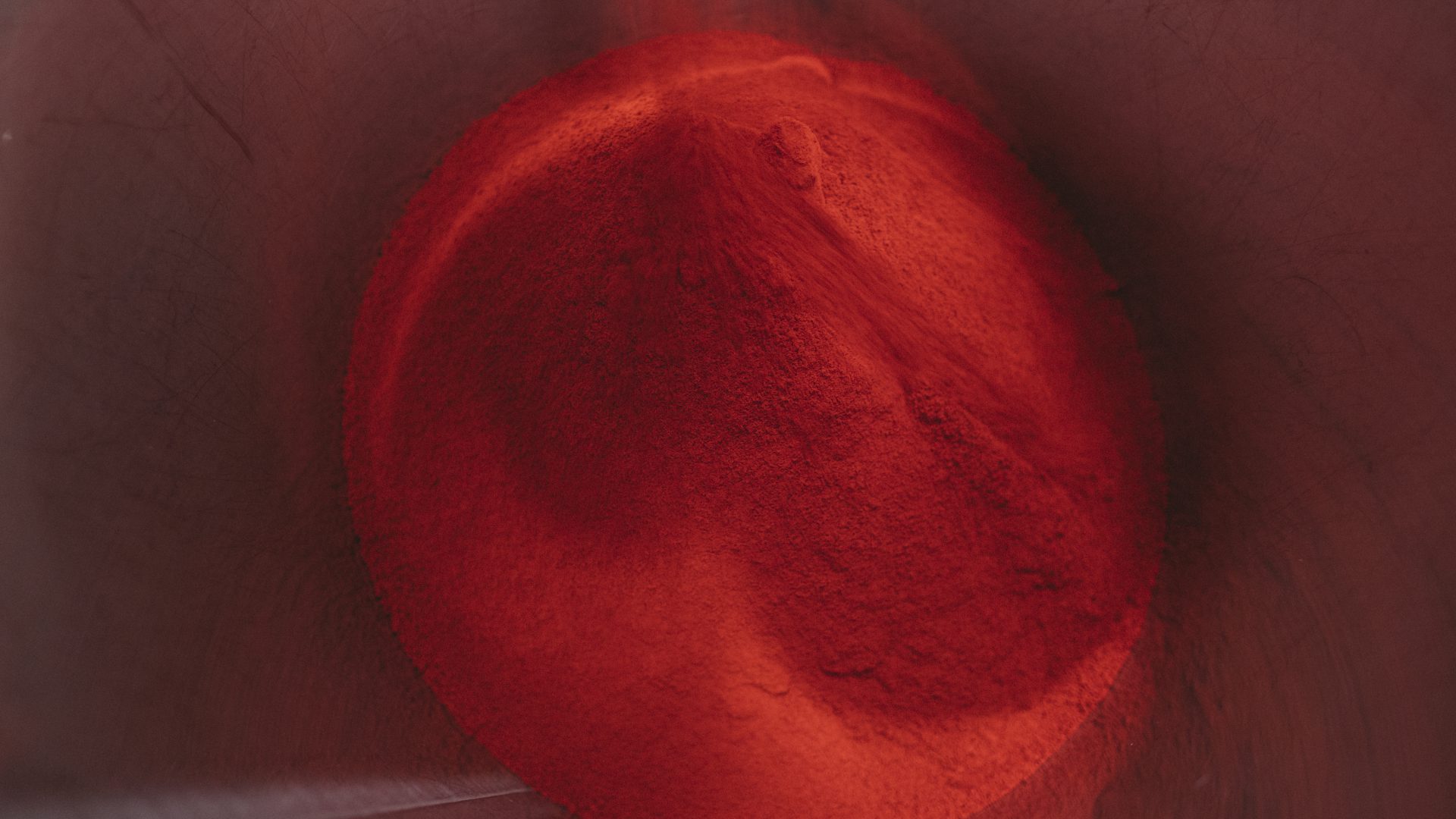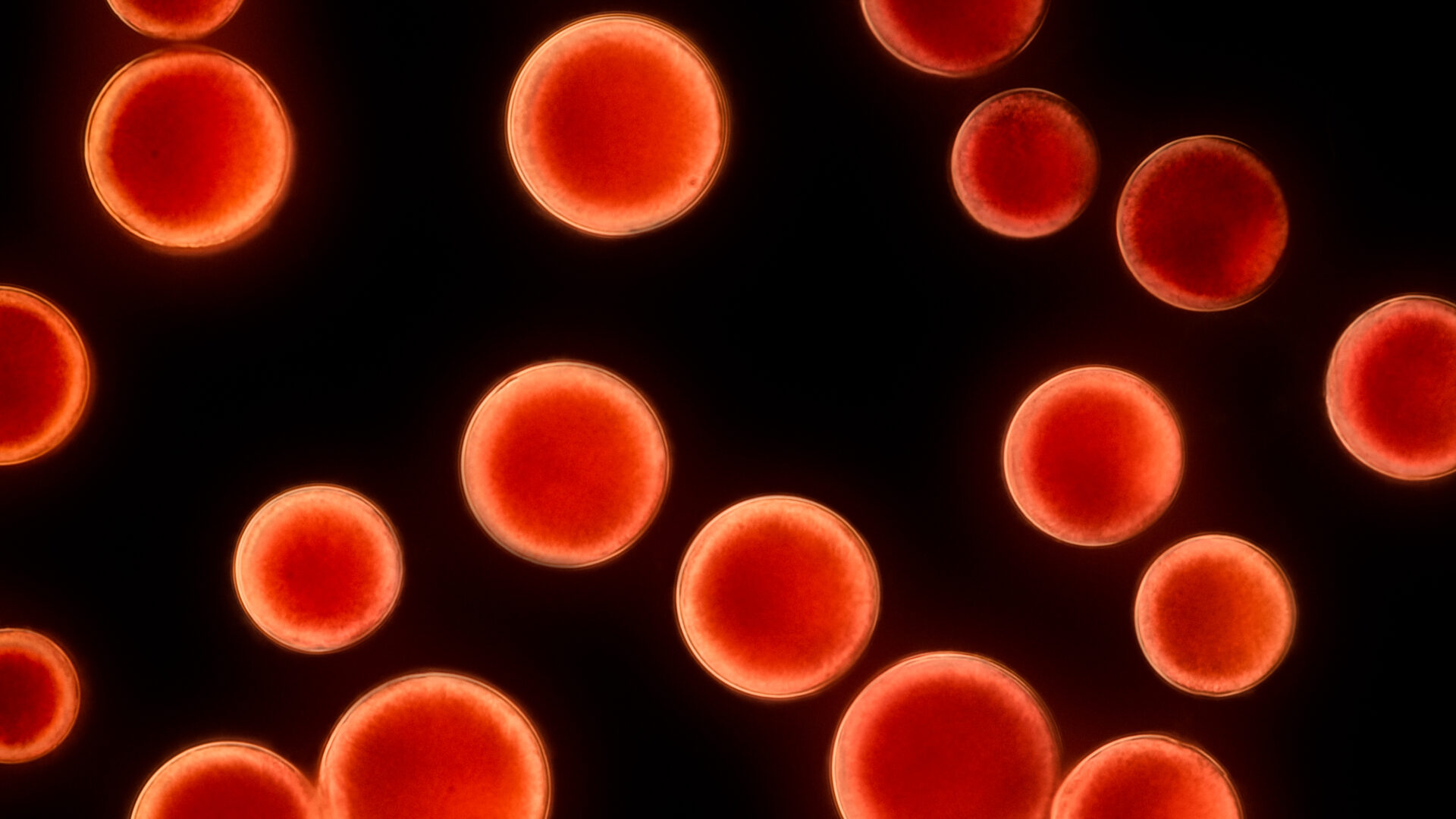
AstaReal® Natural Astaxanthin
Natural astaxanthin from the microalgae, Haematococcus pluvialis, is a natural occurring carotenoid that can be found from arctic marine environments, to common fresh water rock pools throughout the world. Astaxanthin is what gives the pink and red color to salmon, shrimp and lobster.
In the natural environment, animals depend on their diet to obtain astaxanthin and other carotenoids since they cannot produce carotenoids themselves. The most abundant source of astaxanthin in nature is Haematococcus pluvialis, which will accumulate astaxanthin in lipid vesicles during periods of nutrient deficiency and environmental stress.
Because Haematococcus pluvialis often grows in places that are exposed to intense sunlight during its dormant phase, astaxanthin functions to protect the cell nucleus against free radicals generated by UV radiation that would otherwise cause damage to its DNA and peroxidise energy reservoirs.
Watch the video “The Story Behind Nature’s Most Powerful Antioxidant” below ↓

The Power of Natural Astaxanthin
Natural astaxanthin has a unique molecular structure that makes it literally hundreds of times stronger than other antioxidant molecules. Additionally, it has no prooxidant activity even when subjected to enormous amount of stress from environmental factors and free radicals, thus astaxanthin is considered a pure antioxidant.

| Nishida et al (2007). Carotenoid Science. Vol.11:16-20. | Martin H. D., et al. (1999). Pure and Applied Chemistry. 71(12), 2253 – 2262. |

Growing Demand for Natural Astaxanthin
The global market for natural astaxanthin derived from the microalga Haematococcus pluvialis is experiencing robust growth. The global astaxanthin market size was valued at USD 2.34 billion in 2023 and is expected to grow at a compound annual growth rate (CAGR) of 17.1% from 2024 to 2030. The increasing demand for astaxanthin is being driven by its expanding use across various industries, including aquaculture, animal feed, nutraceuticals, cosmetics, pharmaceuticals, and food and beverages, among others.
This strong upward trend in the astaxanthin market is further supported by consumer interest in natural, more sustainable, science-backed ingredients that offer preventive health benefits. The rising consumption of “cell-protecting” antioxidants in food and dietary supplements is anticipated to further propel market growth, with countries like Germany, the UK, and Italy leading the way.
Astaxanthin’s popularity is not only due to its powerful antioxidant properties but also because it offers a wide range of clinically validated benefits that consumers can feel. Its versatility in various formulations has made it a key ingredient in new product development and research efforts.
